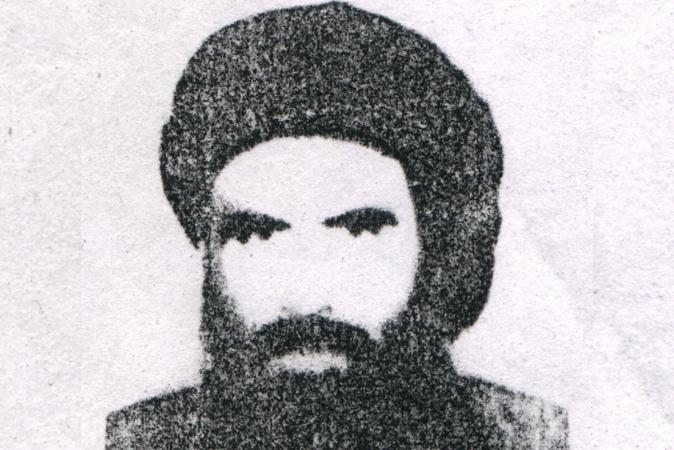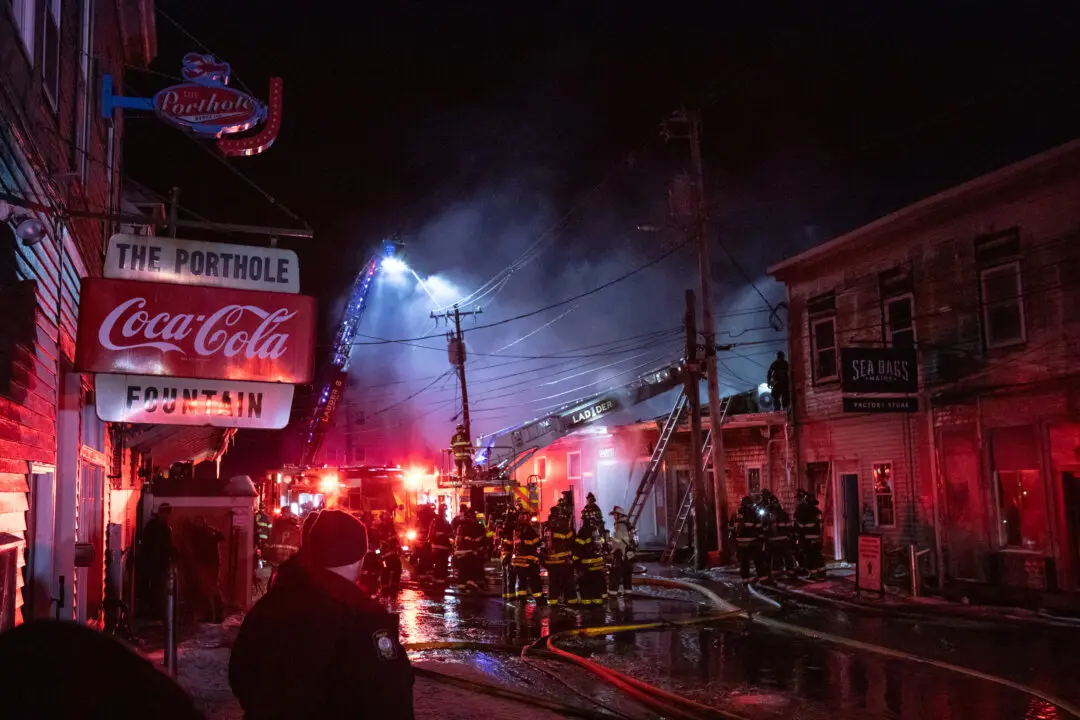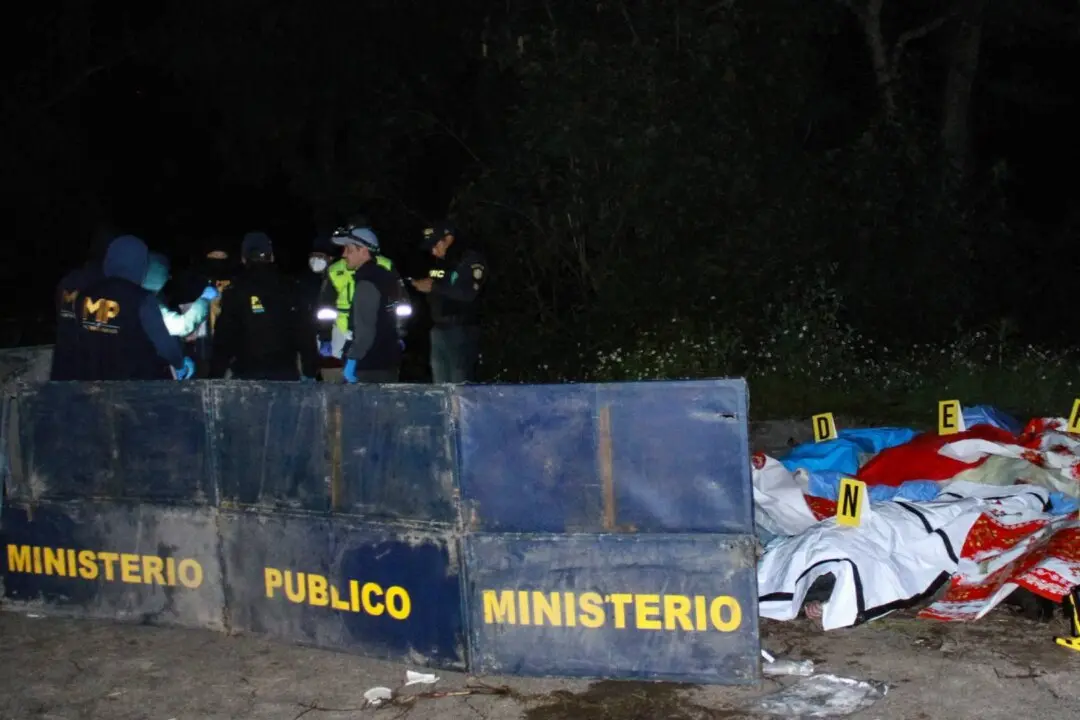Mullah Mohammad Omar, the secretive head of the Taliban and an al-Qaida ally who led a bloody insurgency against U.S.-led forces, eluded capture for more than a decade in spite of being one of the most-hunted fugitives on Earth.
On Wednesday, he was reported to have died two years ago in a Pakistani hospital, according to the Afghan intelligence agency. In Washington, the U.S. government said they considered the report credible, though it was not confirmed by the Taliban or Pakistan.
Even in possible death, the one-eyed cleric-warrior was shrouded in mystery.
He led a movement that swept over most of Afghanistan in the 1990s and became notorious for imposing what was perhaps the strictest regime of Islamic law in the world at the time. For his Afghan followers and Osama bin Laden’s al-Qaida militants, Mullah Omar held the supreme status of “Commander of the Faithful.” And yet only one known photograph of him exists.
In later years, Mullah Omar’s influence waned as extremists gravitated toward the packaged video carnage of the Islamic State group, which now holds a third of Syria and Iraq in its self-declared caliphate. The announcement of his death comes after the U.S. and NATO forces that toppled the Taliban ended their combat mission in Afghanistan.






